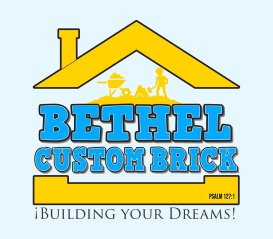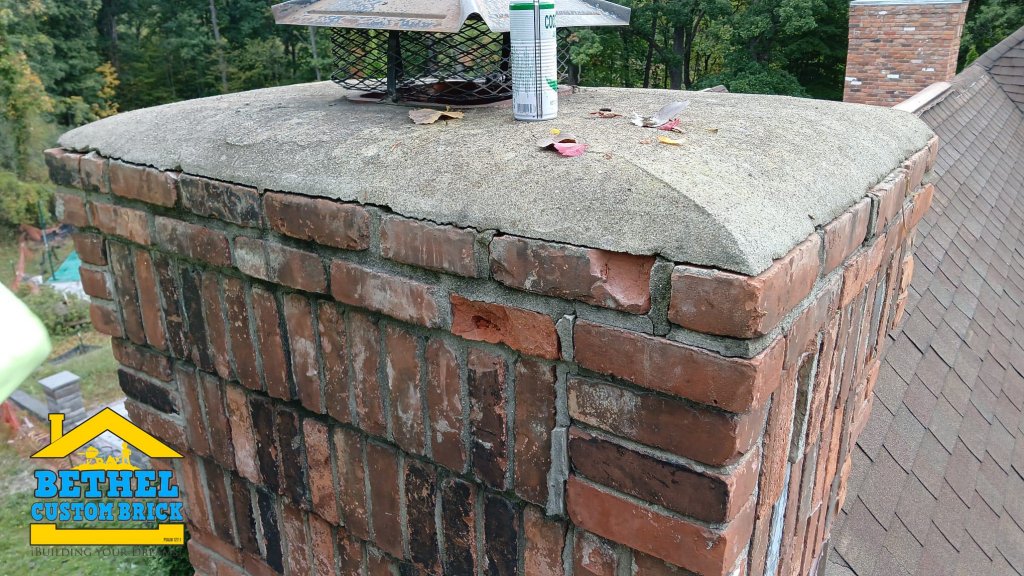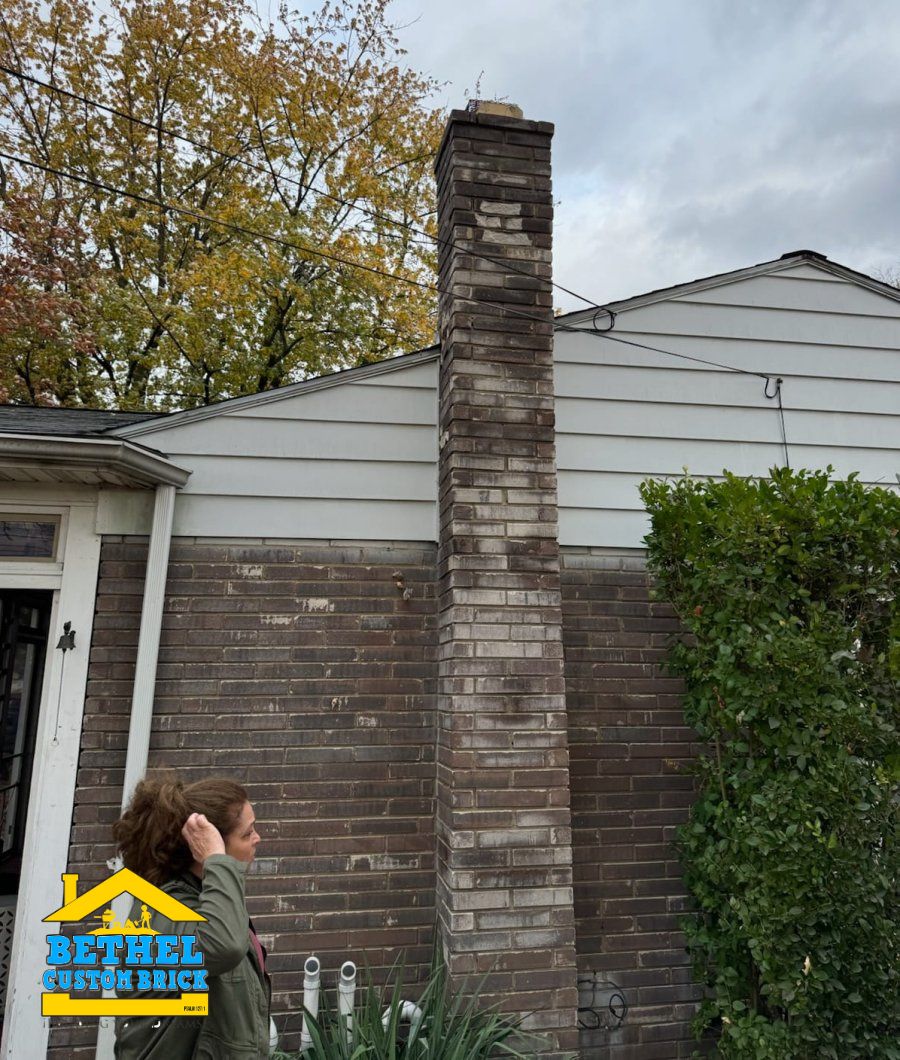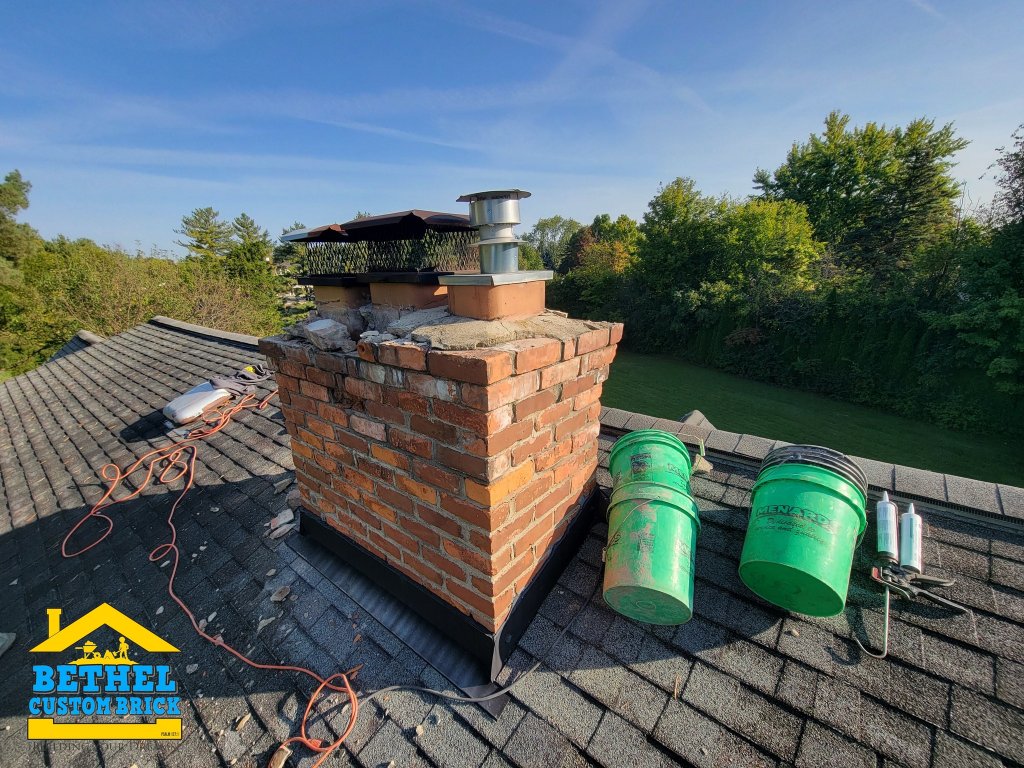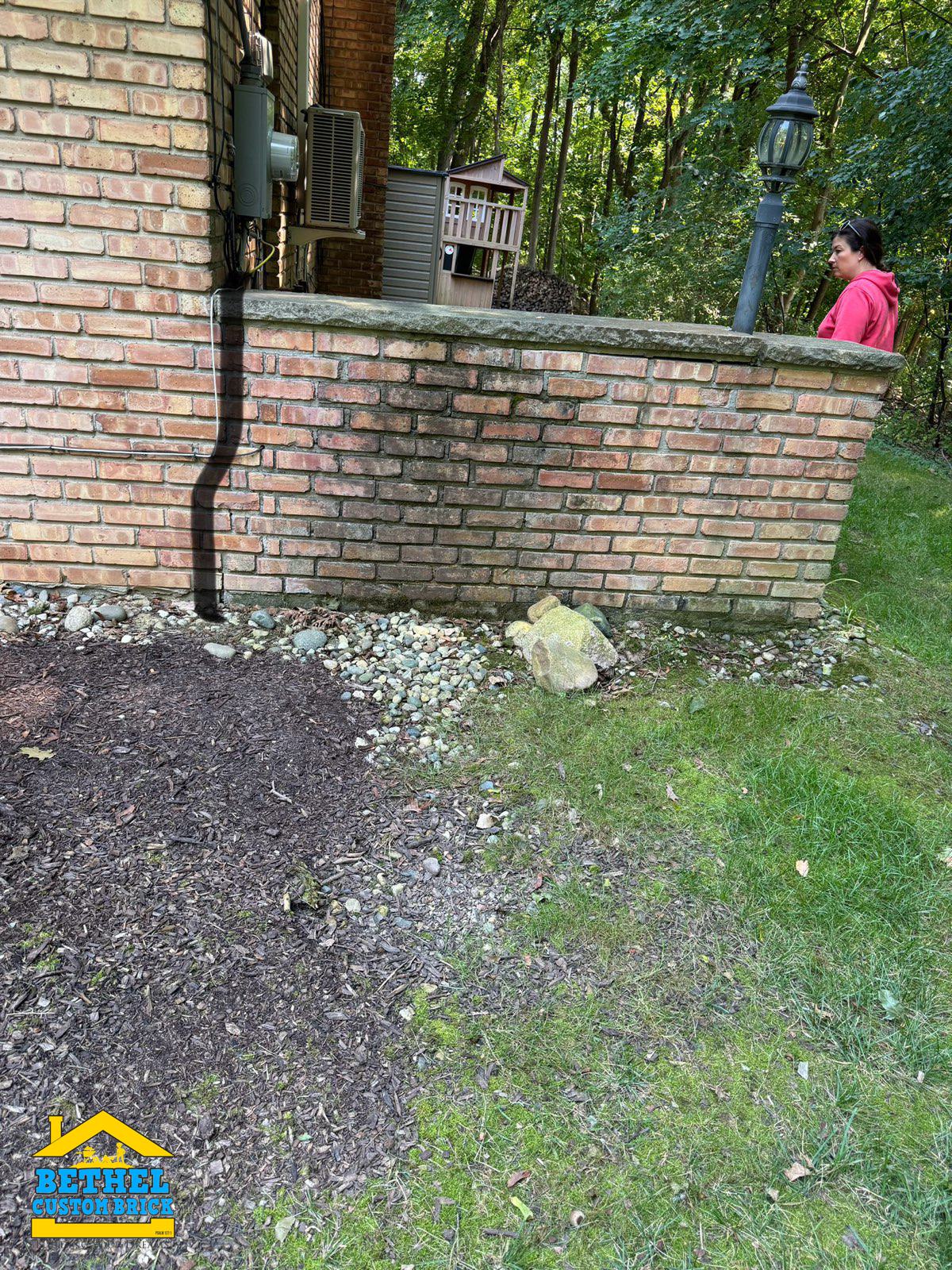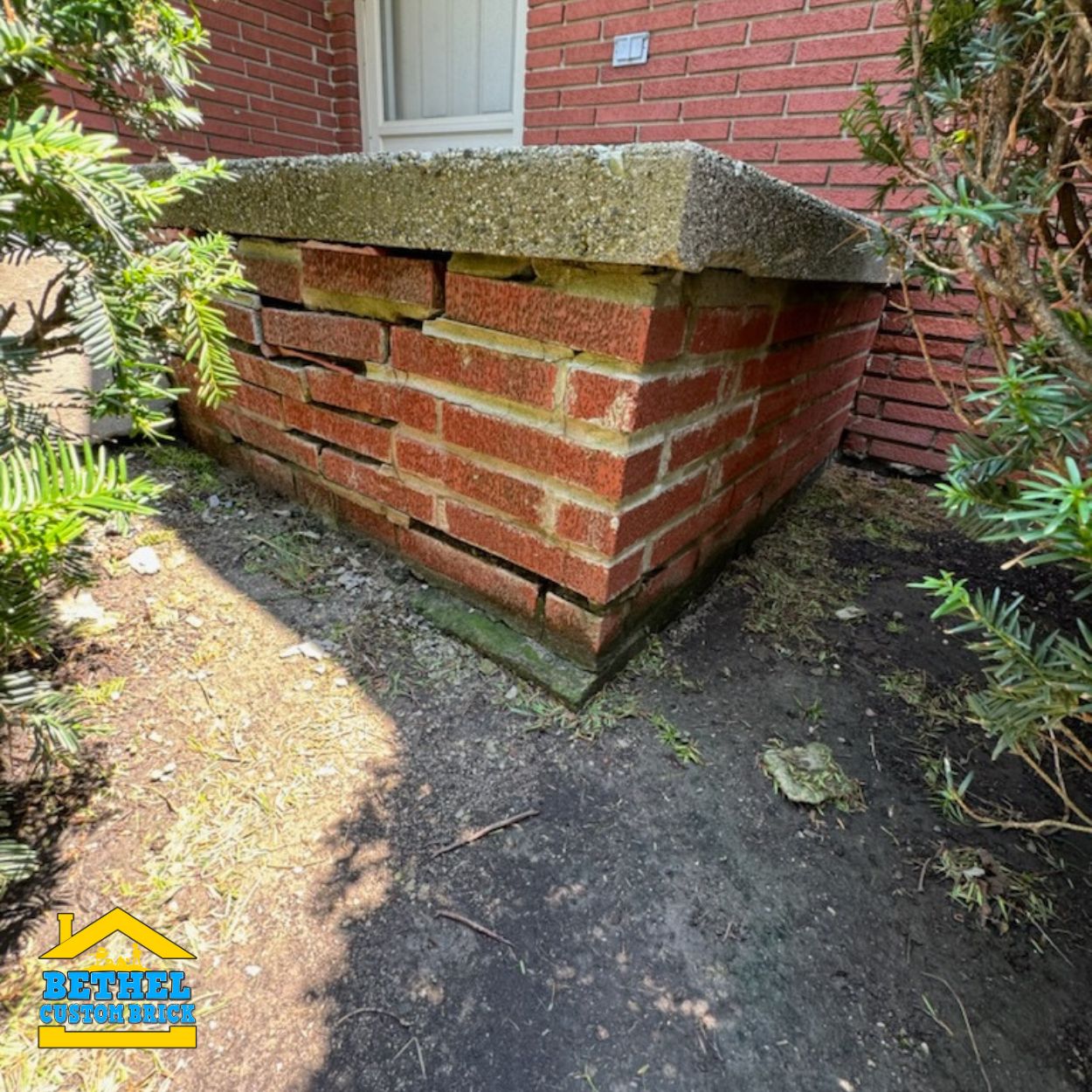How Moisture Affects Brick and Mortar
Brick is a highly durable building material, but it’s not completely immune to water infiltration. Over time, moisture can seep into the tiny pores of bricks and mortar, leading to several types of damage, including:
- 1. Efflorescence: This is the white, powdery residue that often appears on brick surfaces when water-soluble salts are drawn out by moisture. While it doesn’t directly damage the brick, it indicates that water is present within the masonry, potentially leading to further issues.
- 2. Spalling: Spalling occurs when water within the brick freezes and expands, causing parts of the brick surface to chip or break off. Over time, this can weaken the structural integrity of the brickwork, leaving it more vulnerable to further moisture damage.
- 3. Mortar Deterioration: Mortar is more porous than brick, which makes it particularly susceptible to moisture damage. When mortar absorbs water, it can start to crack, crumble, and erode. This not only weakens the bond between bricks but also allows more water to enter the structure, worsening the damage.
- 4. Mold and Mildew Growth: In damp conditions, mold and mildew can thrive on and around brick surfaces. This not only detracts from the appearance of your masonry but can also present health risks, especially in poorly ventilated areas.
Why You Should Take Immediate Action
Delaying repairs can lead to costly, more extensive issues down the road. Taking action early helps prevent:
- 1. Escalated Repair Costs: Small cracks and signs of moisture damage are often easy to fix, but waiting until the damage is extensive may require complete brick replacement, repointing, or even structural support.
- 2. Safety Risks: Over time, moisture-damaged brick and mortar can weaken to the point where it becomes unstable, posing a risk to anyone nearby.
- 3. Increased Energy Bills: Moisture damage in masonry walls can create gaps that allow air to seep in or out, impacting the insulation of your property. This can lead to higher energy costs as you attempt to regulate the indoor temperature.
- 4. Decreased Property Value: Visible signs of brick and mortar damage can reduce your property's curb appeal and, ultimately, its market value.
Preventative Measures to Protect Your Brickwork
Fortunately, there are several effective strategies to help protect your masonry from moisture damage:
- 1. Regular Inspections: Inspect your brickwork at least once a year, especially after periods of heavy rain or freeze-thaw cycles. Look for cracks, efflorescence, or spalling, as these are early signs of moisture infiltration.
- 2. Waterproof Sealants: Applying a breathable, waterproof The Role of Masonry Sealantssealant can help prevent moisture from entering brick surfaces while allowing trapped moisture to escape. Make sure to choose a product specifically designed for masonry to avoid trapping moisture within the bricks.
- 3. Proper Drainage: Ensuring good drainage around your property can reduce the risk of water pooling near the foundation or walls. Keep gutters, downspouts, and drainage systems well-maintained to prevent water from seeping into brick structures.
- 4. Professional A Guide to What is TuckpointingTuckpointing: Over time, mortar joints may require repointing to restore their durability. Professional repointing involves removing deteriorated mortar and replacing it with fresh mortar, which helps to strengthen the bond between bricks and prevents further water infiltration.
Conclusion
Brick and mortar structures are built to last, but moisture can compromise their strength and appearance if left unchecked. By understanding the types of damage moisture can cause and taking proactive steps to prevent or address issues, you can protect your investment and maintain the structural integrity of your masonry for years to come.
Investing in regular maintenance and timely repairs not only helps prevent costly damage but also ensures your brick structures remain beautiful and safe. Don’t let moisture undermine the longevity of your masonry—take action today by contacting us. We're Bethel Custom Brick, and we are experts in keeping your brickwork in top condition!
